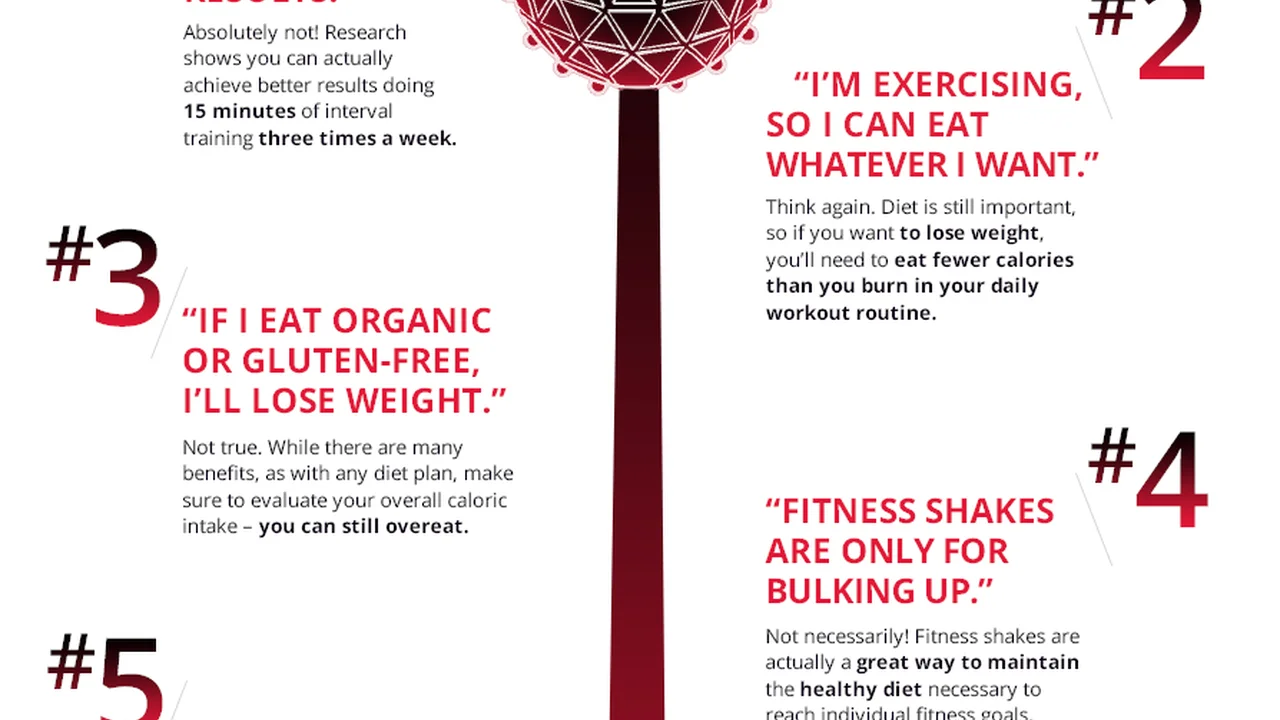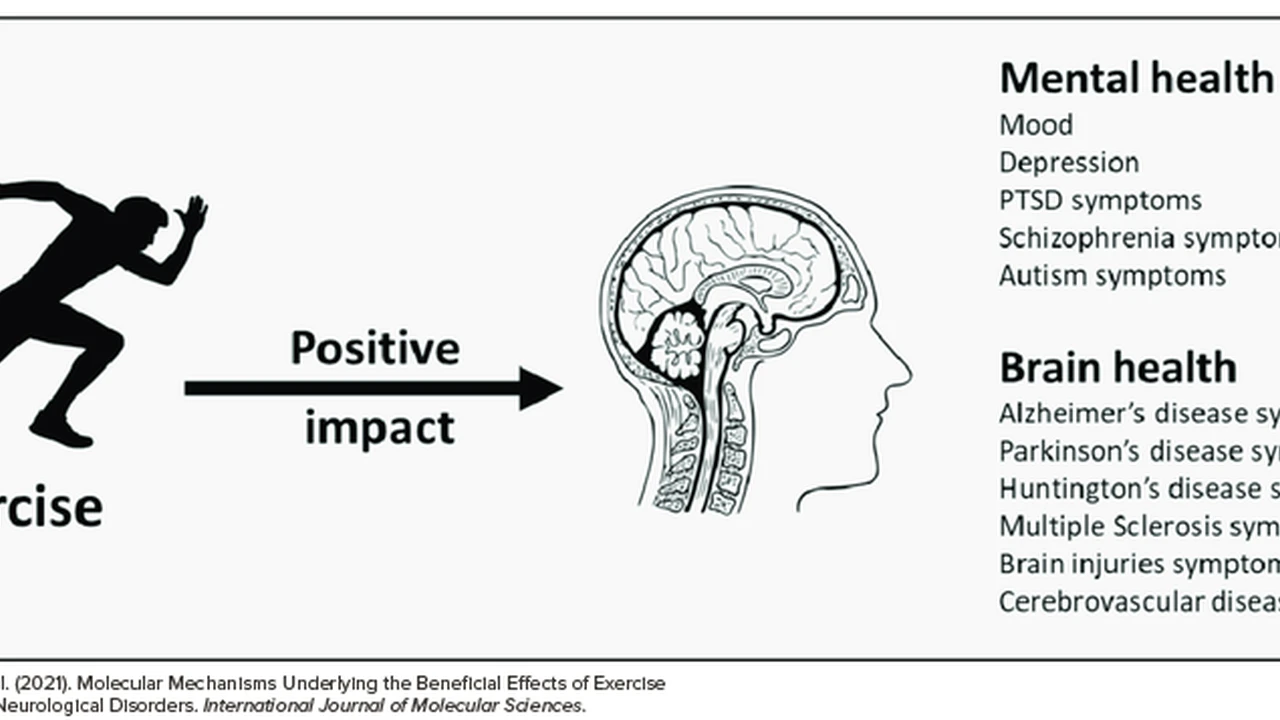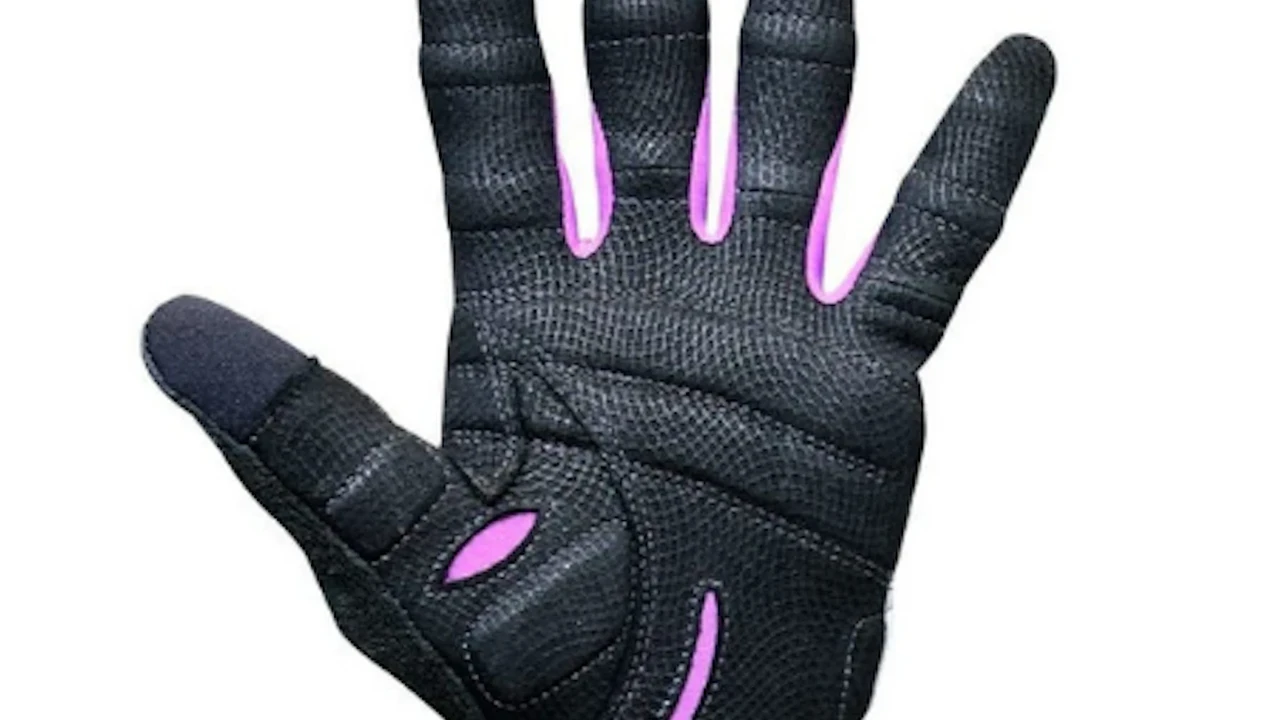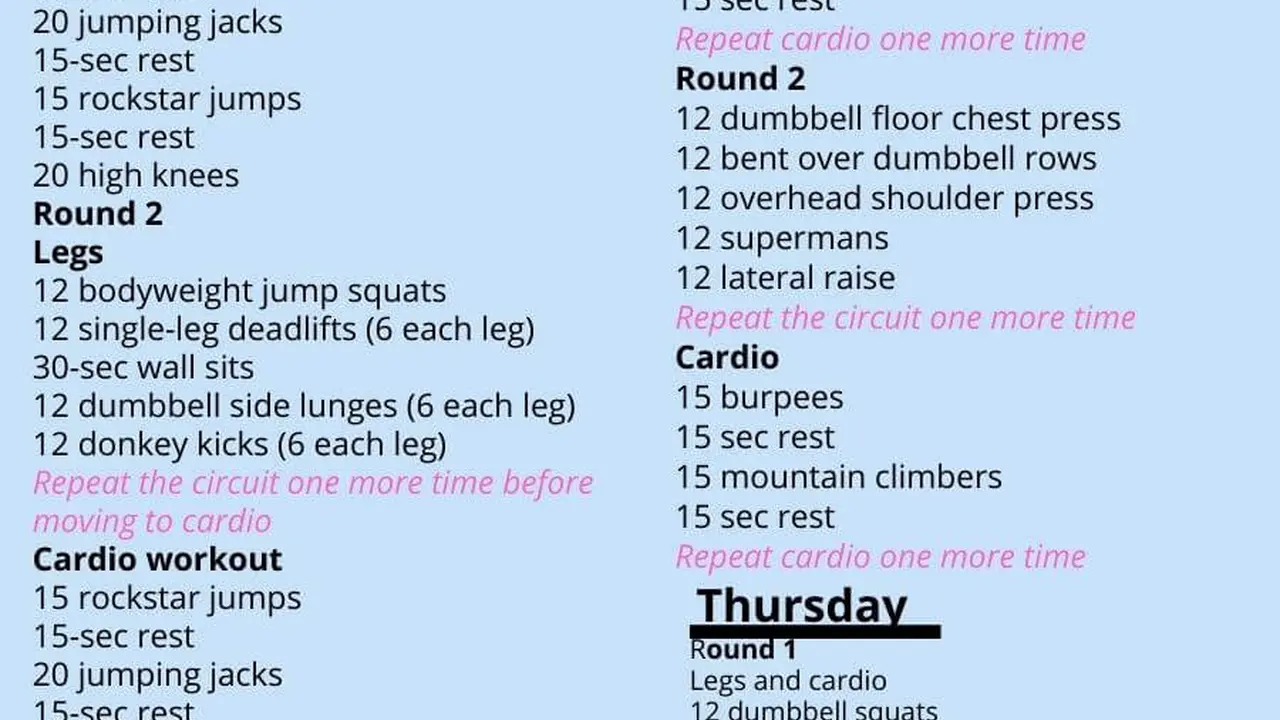Debunking Common Exercise Myths: What You Need to Know
New to exercise and feeling overwhelmed by conflicting advice? This article debunks common misconceptions about fitness and working out. Get the facts straight and make informed choices about your exercise routine. Separate fact from fiction and achieve your fitness goals.

Exercise Myth 1 Cardio is the Only Way to Lose Weight
Okay, let's kick things off with a big one. So many people think cardio is the *only* way to shed pounds. While it's definitely a great tool, it's not the be-all and end-all. Think of your body like a well-oiled machine. You need a variety of inputs to keep it running smoothly. Cardio burns calories, sure, but strength training builds muscle. And muscle? Muscle is a calorie-burning powerhouse, even when you're resting! So, focus on a balance.
The Truth: Strength training boosts your metabolism, helping you burn more calories throughout the day. Incorporating both cardio and strength training into your routine is the most effective way to lose weight and improve your body composition.
Exercise Myth 2 You Need to Workout Every Day to See Results
Woah there, tiger! Slow down. This is a recipe for burnout and potential injury. Your body needs rest to recover and rebuild. Think of it like this: you don't study non-stop for an exam, right? You take breaks to let the information sink in. Same with exercise. Overtraining can lead to fatigue, decreased performance, and even injury.
The Truth: Rest days are crucial for muscle recovery and growth. Aim for at least one or two rest days per week. Listen to your body and adjust your training schedule as needed.
Exercise Myth 3 No Pain No Gain The Importance of Listening to Your Body
This one is a classic. While pushing yourself is important, *pain* is a signal. It's your body saying, "Hey! Something's not right!" Ignoring that signal can lead to serious problems. There's a difference between the burn you feel from a good workout and the sharp, stabbing pain of an injury. Learn to distinguish between the two.
The Truth: Listen to your body and don't push through pain. Modify exercises or take a break if you're experiencing discomfort. Prioritize proper form to prevent injuries.
Exercise Myth 4 Spot Reduction You Can Target Belly Fat with Specific Exercises
Oh, if only this were true! Imagine doing endless crunches and magically melting away belly fat. Sadly, it doesn't work that way. You can't target fat loss in specific areas of your body. Fat loss is a systemic process. Your body pulls fat from wherever it chooses, not just from the area you're working. Crunches will strengthen your abdominal muscles, but they won't eliminate belly fat.
The Truth: Focus on overall fat loss through a combination of diet and exercise. Incorporate exercises that work all major muscle groups for optimal results. While you can't spot reduce, you *can* build muscle in specific areas, which will improve your overall physique.
Exercise Myth 5 Strength Training Will Make Women Bulky
This is a persistent myth that keeps many women away from strength training. It's simply not true. Women don't have the same hormonal profile as men (specifically, much lower levels of testosterone), which makes it very difficult to build large, bulky muscles. Strength training will help women build lean muscle, improve their metabolism, and increase their bone density.
The Truth: Strength training is beneficial for women of all ages. It helps build lean muscle, improve bone density, and boost metabolism. Don't be afraid to lift weights!
Exercise Myth 6 More Sweat Equals a Better Workout The Role of Hydration
Sweating is a natural cooling mechanism. It doesn't necessarily mean you're having a more effective workout. Some people sweat more than others, and it depends on factors like genetics, environment, and hydration levels. You can have a fantastic workout without being drenched in sweat.
The Truth: Focus on the intensity and effectiveness of your workout, not the amount you sweat. Stay hydrated by drinking plenty of water before, during, and after exercise.
Exercise Myth 7 All Calories Are Created Equal The Importance of Macronutrients
100 calories of broccoli is NOT the same as 100 calories of cake. While calorie counting can be helpful for weight loss, it's important to consider the source of those calories. Different foods have different effects on your body. Protein helps build and repair muscle, carbohydrates provide energy, and healthy fats are essential for hormone production and overall health.
The Truth: Focus on eating a balanced diet with plenty of whole, unprocessed foods. Pay attention to your macronutrient intake (protein, carbs, and fats) to fuel your workouts and support your overall health.
Exercise Equipment and Gear Recommendations for Optimal Workouts
So, now that we've debunked some myths, let's talk about some gear that can actually *help* you on your fitness journey. Remember, you don't need fancy equipment to get a good workout, but the right tools can make things more enjoyable and effective.
Resistance Bands for Home Workouts and Travel Fitness
What they are: Resistance bands are elastic bands that provide resistance during exercises. They come in various levels of resistance, allowing you to adjust the intensity of your workout.
Why they're great: Affordable, portable, and versatile. Perfect for home workouts, travel, or adding resistance to bodyweight exercises.
Product Recommendation: Fit Simplify Resistance Loop Exercise Bands. These bands are durable, come in a variety of resistance levels, and are very affordable (around $15-$20).
Usage Scenario: Use them for squats, lunges, bicep curls, tricep extensions, and more. They are great for targeting specific muscle groups and adding intensity to your workouts. Perfect for physical therapy too.
Alternatives: You could use dumbbells, but resistance bands are more portable and often more affordable.
Adjustable Dumbbells for Strength Training and Muscle Building
What they are: Adjustable dumbbells allow you to change the weight by adding or removing plates. This saves space and money compared to buying a full set of dumbbells.
Why they're great: Space-saving, cost-effective, and allow for progressive overload (gradually increasing the weight you lift over time).
Product Recommendation: Bowflex SelectTech 552 Adjustable Dumbbells. These dumbbells adjust from 5 to 52.5 pounds in 2.5-pound increments. They're a bit pricey (around $400-$500), but they're a great investment for serious home workouts.
Usage Scenario: Use them for a wide range of strength training exercises, such as bicep curls, tricep extensions, shoulder presses, chest presses, and rows. They are essential for building muscle and strength.
Alternatives: Individual dumbbells (more expensive and take up more space), resistance bands (less resistance).
Yoga Mat for Flexibility and Bodyweight Exercises
What they are: A yoga mat provides a non-slip surface for yoga, Pilates, and other floor exercises.
Why they're great: Comfortable, provides cushioning, and helps prevent injuries.
Product Recommendation: Manduka PRO Yoga Mat. This mat is known for its durability, thickness, and non-slip surface. It's an investment (around $120-$150), but it will last for years.
Usage Scenario: Use it for yoga, Pilates, stretching, bodyweight exercises, and more. It provides a comfortable and safe surface for your workouts.
Alternatives: Towel (less cushioning and grip), bare floor (can be uncomfortable and slippery).
Heart Rate Monitor for Tracking Fitness Progress
What they are: A heart rate monitor tracks your heart rate during exercise, allowing you to monitor your intensity and track your progress.
Why they're great: Provides valuable data about your workouts, helps you stay in the optimal training zone, and allows you to track your progress over time.
Product Recommendation: Polar H10 Heart Rate Sensor. This chest strap heart rate monitor is accurate, comfortable, and connects to most fitness apps and devices. It's around $80-$90.
Usage Scenario: Wear it during cardio workouts, strength training, and other activities to track your heart rate and monitor your intensity. Use the data to adjust your workouts and optimize your training.
Alternatives: Smartwatch (less accurate), perceived exertion (subjective).
Final Thoughts
Remember, fitness is a journey, not a destination. Don't get discouraged by myths and misconceptions. Focus on consistency, proper form, and listening to your body. And don't be afraid to experiment and find what works best for you!
:max_bytes(150000):strip_icc()/277019-baked-pork-chops-with-cream-of-mushroom-soup-DDMFS-beauty-4x3-BG-7505-5762b731cf30447d9cbbbbbf387beafa.jpg)






